30 pages • 1 hour read
Nathaniel HawthorneThe Artist of the Beautiful
Fiction | Short Story | Adult | Published in 1844A modern alternative to SparkNotes and CliffsNotes, SuperSummary offers high-quality Study Guides with detailed chapter summaries and analysis of major themes, characters, and more.
Symbols & Motifs
The Butterfly
The nature of the mechanistic butterfly in this story remains ambiguous. It could be technology, with tiny mechanisms that control its movements, an effort to integrate art with 19th century industrialism. Yet, the butterfly is meant to defy conceptualization while transcending definitions. It is an unnatural object, an imitation of nature made by man, and the result of three failed prototypes. It looks and acts like a butterfly, except that it seems react to those who disparage art.
The butterfly, as “the artist’s” creation, represents art. Hawthorne uses the butterfly to make statements about the nature of art; like the butterfly, art thrives when met with appreciation, but falters in the face of criticism. Peter points out that the butterfly isn’t useful, suggesting that those on the outside of the creative process see art as impractical. The butterfly carries the soul of Owen, suggesting that the artist puts his soul into his art.
Owen creates this ultimate work of art, but the child crushes it. This metaphorical and physical death happens because humans were trying to rationally grasp the meaning of its existence and were failing to do so. For Owen, the butterfly as a physical manifestation of an artistic product is not as important as its 







Related Titles
By Nathaniel Hawthorne
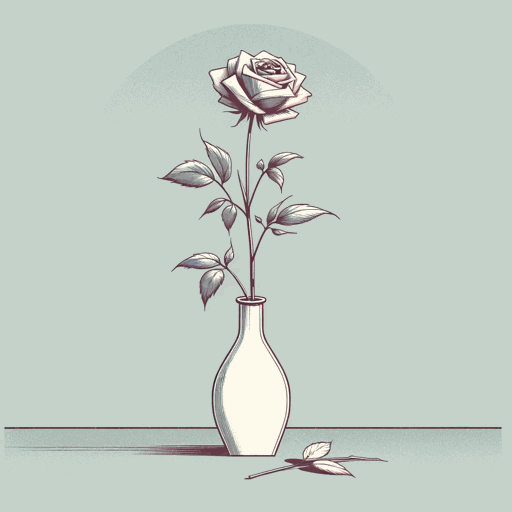
Dr. Heidegger's Experiment
Nathaniel Hawthorne
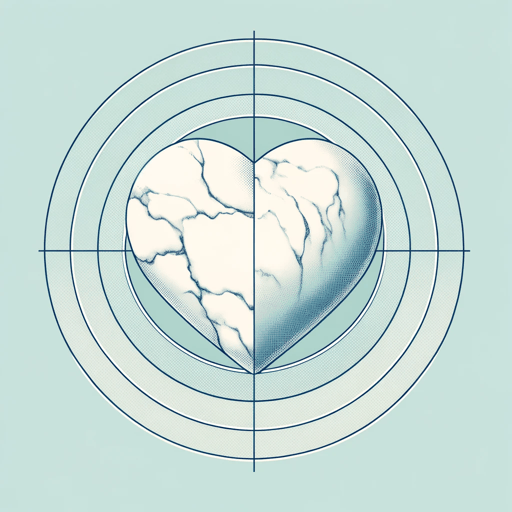
Ethan Brand
Nathaniel Hawthorne

My Kinsman Major Molineux
Nathaniel Hawthorne

Rappaccini's Daughter
Nathaniel Hawthorne

The Ambitious Guest
Nathaniel Hawthorne
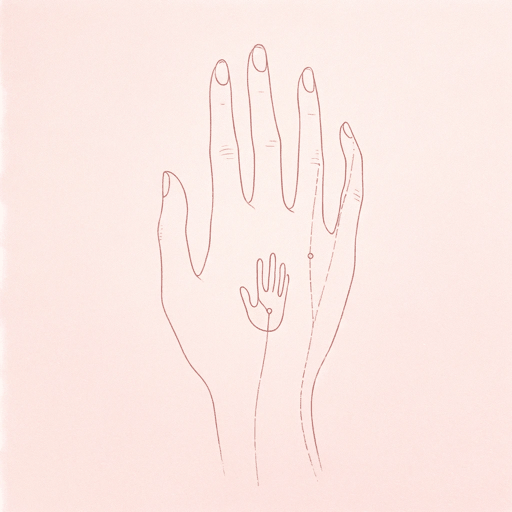
The Birthmark
Nathaniel Hawthorne
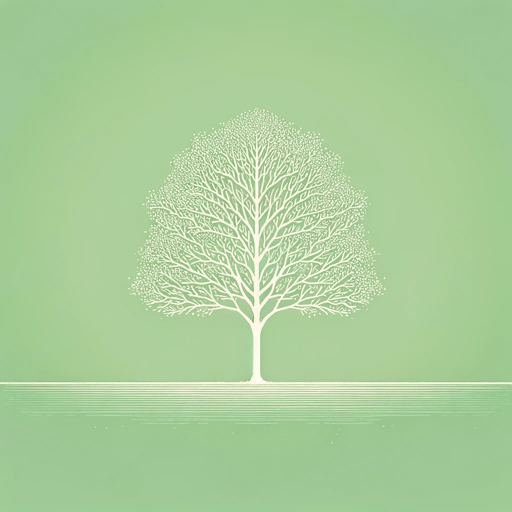
The Blithedale Romance
Nathaniel Hawthorne
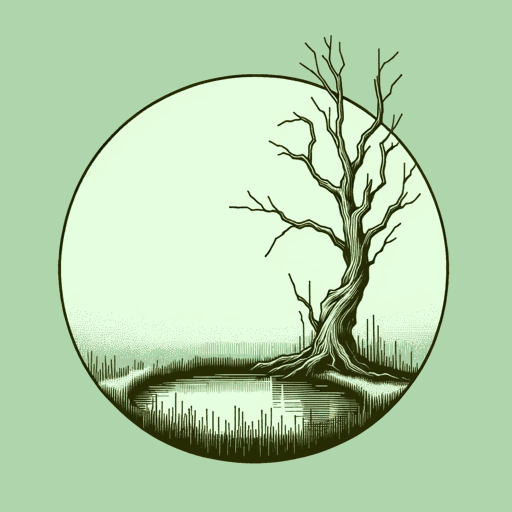
The Hollow of the Three Hills
Nathaniel Hawthorne
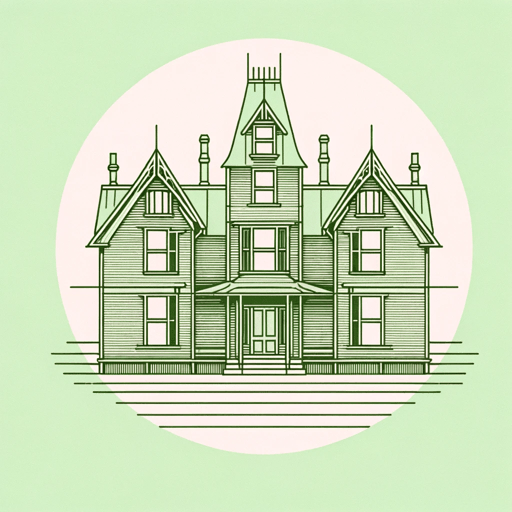
The House of the Seven Gables
Nathaniel Hawthorne

The Marble Faun
Nathaniel Hawthorne
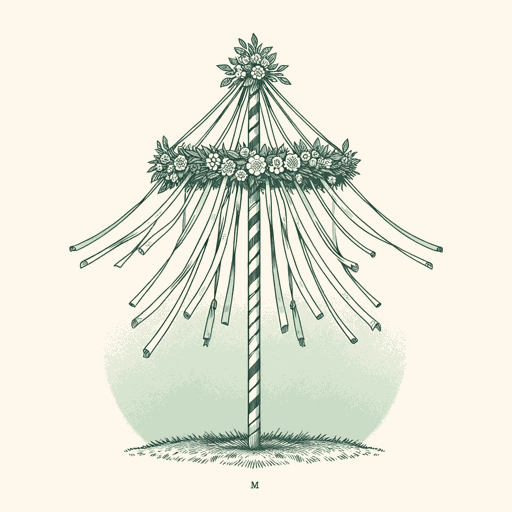
The Maypole Of Merry Mount
Nathaniel Hawthorne
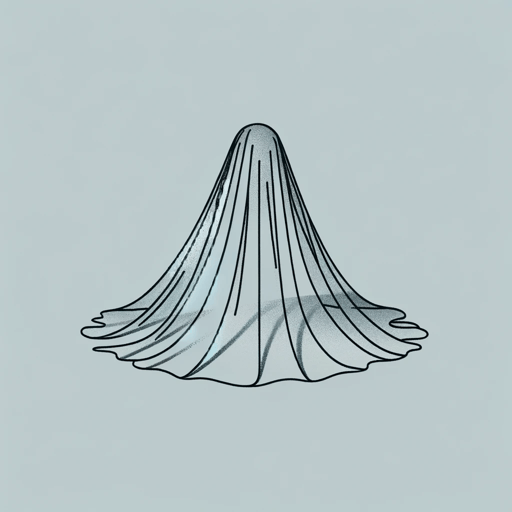
The Minister's Black Veil
Nathaniel Hawthorne

The Scarlet Letter
Nathaniel Hawthorne

The Wives of the Dead
Nathaniel Hawthorne

Young Goodman Brown
Nathaniel Hawthorne
